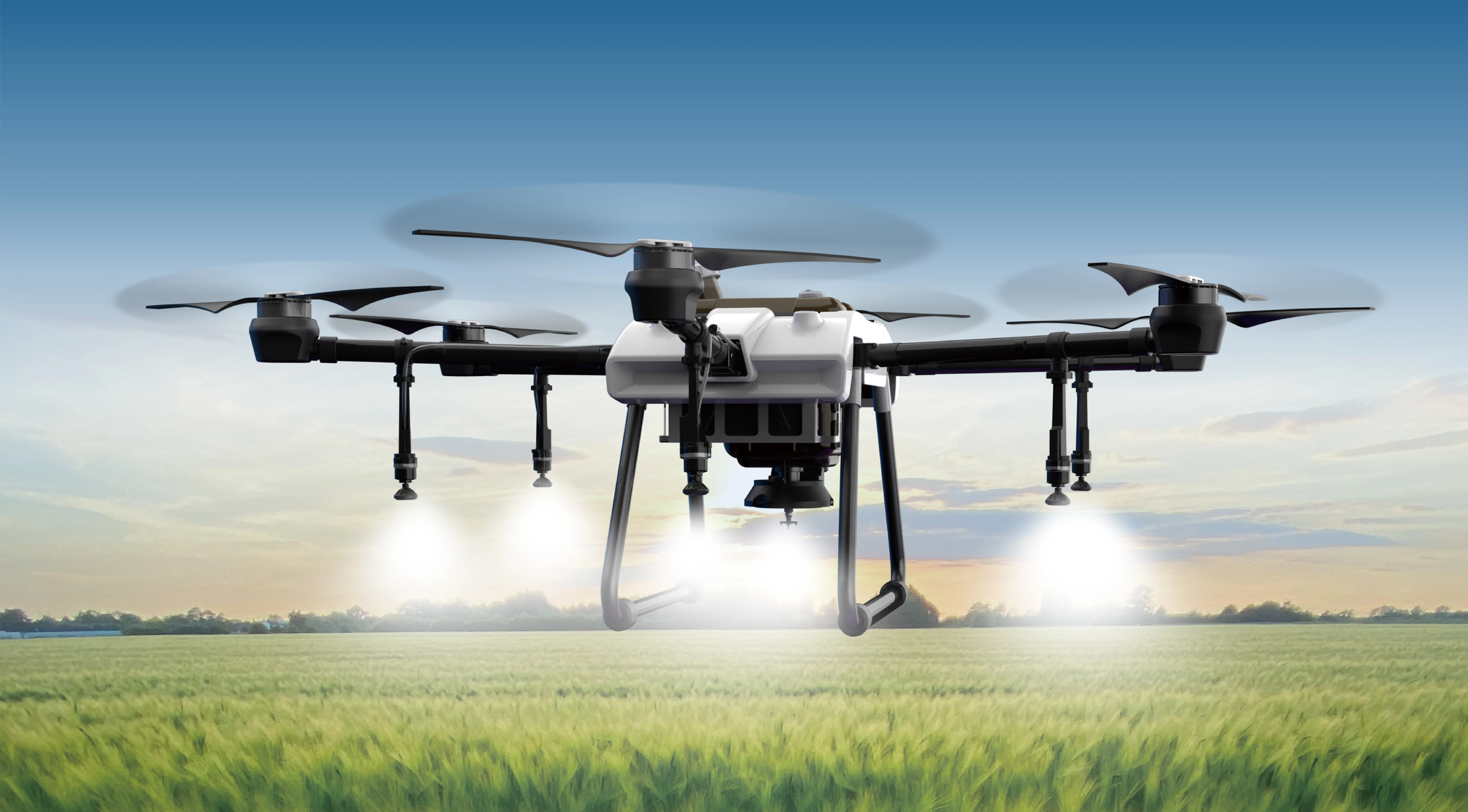In an age where technology relishes the blend of power and miniaturization, N20 micro gear motors have emerged as an extraordinary fixture, blending engineering ingenuity with practical versatility. These tiny marvels, often no larger than a matchstick, pack a punch that belies their size, making them essential components in a multitude of applications—from intricate robotic arms to precision instruments and DIY gadgets.

The “N20” designation refers to a specific size Standard in the universe of micro gear motors: roughly 12mm in diameter and about 17mm in length, though specifications may slightly vary among manufacturers. The magic lies not just in their minute dimensions but in the intricately designed gear systems that multiply their torque and efficiency.
Design and Structure At the core of an N20 micro gear motor is a tiny brushed DC motor, a powerhouse of simplicity and reliability. When electrical current flows through its coils, it creates a magnetic field, causing the rotor to spin. This motion is then transferred into a gear train—usually a series of small, precisely engineered gears—that reduces RPM (rotations per minute) while boosting torque.
This gear reduction is crucial because a small motor alone would spin too quickly to handle precise movements or lift weights effectively. The gear train acts as a mechanical amplifier, ensuring the motor delivers controlled, high-torque output suitable for delicate tasks or mechanical acts that require precision.
These miniature gearboxes are often made from metal or high-strength plastic, designed for durability and minimal backlash — the slight movement of gears relative to each other, which could otherwise compromise precise positioning.
Material Evolution Over the years, materials and manufacturing techniques have advanced remarkably. Early versions relied heavily on plastic gears, which were lightweight but prone to wear. Today, many N20 gear motors feature metal gears, especially for industrial or heavy-duty applications, ensuring longevity and consistent performance. Meanwhile, innovations in magnet technology—such as neodymium magnets—significantly increase the motor’s magnetic flux, thereby increasing efficiency and torque density in these tiny motors.
Applications Galore Where exactly does one encounter these miniature powerhouses? The list is long but curated:
Robotics: From small autonomous bots to robotic arms that handle delicate objects, N20 motors drive actuators and wheels with finesse. Drones: Compact and lightweight, they provide propulsion and control for hobbyist and professional UAVs. 3D Printing and CNC devices: Precision movements often depend on these micro motors. They allow for fine control over axes and extruders, delivering detailed outputs. Home automation: Think servo-driven blinds, smart locks, and interactive toys—all powered by N20 motors. Educational kits: Encouraging STEM education with simple, reliable motors to spark curiosity and innovation.
Advantages Worth Noticing The popularity of N20 micro gear motors isn’t accidental. Several features make them a favorite among design engineers and DIY enthusiasts alike:
Size and weight: Their small footprint makes them ideal for space-constrained projects. Affordability: Mass production and simplicity make these motors cost-effective components. Efficiency: Well-designed gear trains optimize power usage and performance. Ease of integration: Most come with standard wire leads, mounting brackets, and mounting holes, ensuring straightforward installation. Customizability: Variations in gear ratios (e.g., 3:1, 5:1, 10:1) enable tailored performance for specific needs.
Challenges and Considerations Despite their many advantages, working with micro gear motors does present challenges. Their delicate nature requires careful handling during assembly. Overheating can be an issue during prolonged use. Precise gear alignment is critical—any misalignment or debris can cause inaccuracies or motor failure. Additionally, their brushed nature means they generate some electrical noise and wear over time, although this is often acceptable given their operating contexts.
Choosing the Right N20 Motor for Your Project When selecting an N20 motor, consider the operational environment, required torque, speed, and power supply. For instance, a high-torque application may need a gear ratio of 10:1 or higher, while a project demanding faster speeds might opt for a lower ratio. Power supply compatibility—typically 3V to 12V DC—is essential, and ensuring the motor’s rated current matches your power source prevents issues.
In summary, N20 micro gear motors have transformed the landscape of miniature electromechanical systems. Their compact yet powerful design allows innovation at an astonishing scale, empowering creators, engineers, and hobbyists to turn small ideas into big realities.
Kpower has delivered professional drive system solutions to over 500 enterprise clients globally with products covering various fields such as Smart Home Systems, Automatic Electronics, Robotics, Precision Agriculture, Drones, and Industrial Automation.




































